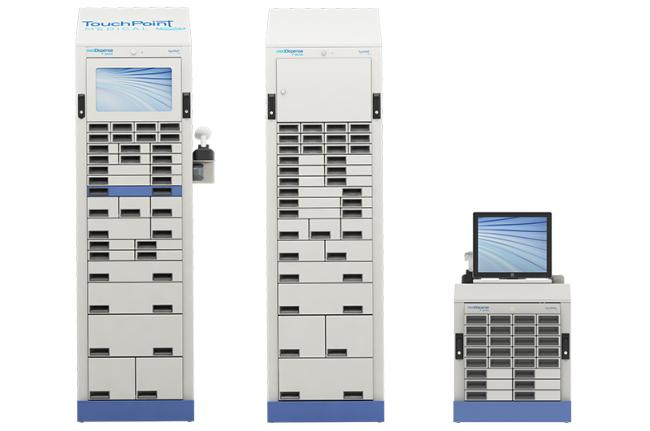Automated Drug Dispensing Cabinets Role in Simulation Environments
Automated drug dispensing cabinets can be beneficial for training purposes in nursing schools and other simulation programs. These cabinets simulate real-world medication administration processes and provide students with hands-on experience in managing medications safely and efficiently.
Automated drug dispensing cabinets replicate the functionalities of actual medication dispensing systems found in healthcare settings. By interacting with these cabinets, nursing students can learn to follow proper protocols, including medication verification, dosage calculation, and barcode scanning. This hands-on experience enhances their understanding of medication safety principles, reducing the risk of medication errors in real clinical settings.
Since automated drug dispensing cabinets can store a wide range of medications typically found in healthcare facilities, having them in a nursing simulation lab allows our future nurses to practice with diverse medications. Nursing students can gain exposure to different drug classes, formulations, and administration routes. They can practice handling medications such as tablets, capsules, vials, ampules, and pre-filled syringes, ensuring they are well-prepared to administer various medications during their clinical rotations.
Automated drug dispensing cabinets often incorporate medication alert systems that help identify potential drug interactions, allergies, or contraindications. By encountering these alerts during simulation scenarios, nursing students can learn to interpret and respond appropriately to medication-related warnings, fostering critical thinking and clinical decision-making skills.
Nursing students can become familiar with the workflow involved in accessing and retrieving medications from automated dispensing cabinets. They learn to navigate through the system, select the correct patient, retrieve the prescribed medications, and document the administration process accurately. This experience prepares them for efficient medication management when working in clinical settings.
Accurate documentation is crucial in healthcare settings. Automated drug dispensing cabinets can be integrated with electronic health record (EHR) systems, allowing students to practice documenting medication administration accurately. This integration facilitates seamless workflow between medication dispensing and electronic documentation, enhancing students' familiarity with digital record-keeping processes.
Utilizing automated drug dispensing cabinets in simulation scenarios can help nursing students develop time management and prioritization skills. They must efficiently retrieve medications, adhere to administration schedules, and prioritize tasks based on patient needs. This hands-on experience prepares them to handle the time-sensitive nature of medication administration in real clinical settings.
Integrating automated drug dispensing cabinets into simulation scenarios adds realism and authenticity to the learning experience. Nursing students can encounter scenarios that simulate medication errors, drug shortages, or emergency situations where quick and accurate medication access and administration are critical. This realistic training better prepares students to handle similar situations when caring for patients.
It is important to note that while automated drug dispensing cabinets can enhance training, they should be used in conjunction with comprehensive education, including classroom instruction, clinical experiences, and guidance from faculty. Simulation exercises utilizing these cabinets should be designed with specific learning objectives in mind and should be followed by debriefing sessions to reflect on the experience and reinforce key concepts.



